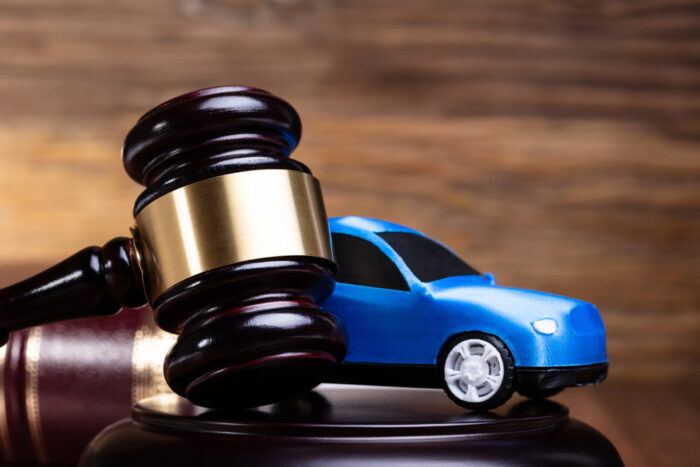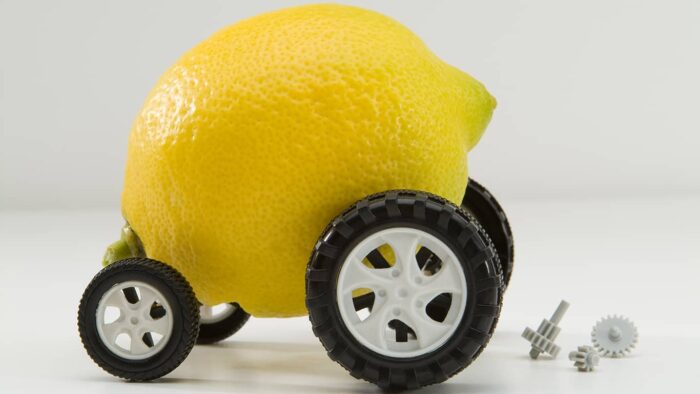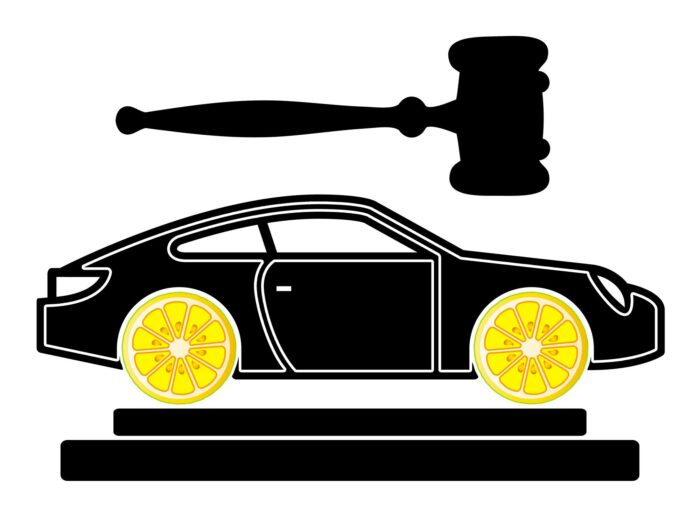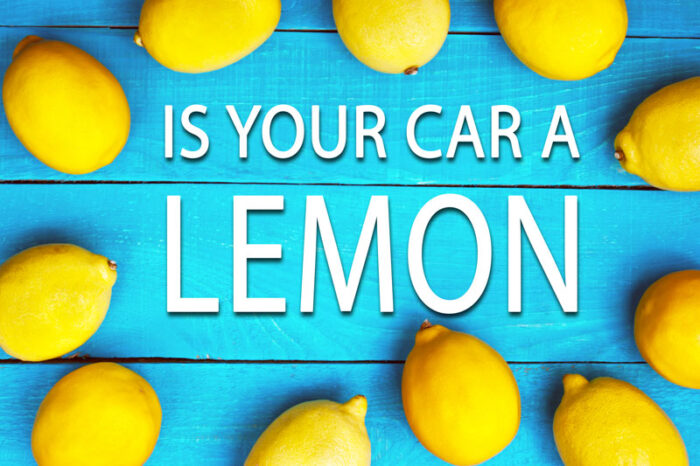
Nobody wants to get into their new car, drive it home, and find out that it has mechanical problems. These issues can be life-threatening for people riding in the car with you and the person who is driving.
Many people rely on a well-maintained vehicle to get to work or give a ride to their families. After investing everything into what you believe would be a reliable family vehicle, getting a car with significant mechanical issues can be distressing. Thankfully, there are rules in place to safeguard consumers who have acquired a vehicle with a history of problems.
Rest easy if you bought a new, used, pre-owned, or certified vehicle with a manufacturer’s guarantee. Laws exist to ensure that you do not have to deal with a car that spends more time in the shop than on the road.
The California Lemon Law protects consumers who buy or lease a vehicle that is still covered by the manufacturer’s original factory warranty or a certified extended warranty. Owners of defective automobiles (commonly known as lemons) who meet the Lemon Law conditions are eligible for compensation under this statute. Payment can take the form of a replacement, refund, or cash.
What is a Lemon?

A “Lemon” is an SUV, car, truck, or another type of vehicle that has never operated properly. These vehicles never work correctly no matter how many times you take them in for repairs, whether it’s because of a problem with the chassis, faulty brakes, malfunctioning mirrors, or a variety of other mechanical or electrical issues. Check to discover if your new car is still covered under the original manufacturer’s warranty to see if you have a Lemon Law claim. If that’s the case, you’ve got a basis for a claim. To file a Lemon Law claim, you must have one of three warranties if you own a secondhand vehicle. A transferable new car warranty, as well as Certified Pre-Owned warranties, are available for people who fell into the faulty-car trap.
What Qualifies a Car for Lemon Law From a Manufacturer’s Perspective?
The manufacturer and authorized dealers are given a fair amount of time to fix the fault under California Lemon Law. They have a certain number of efforts to repair the issued vehicle before buying or reimbursing the owner. Whether the defect represents a safety issue determines the number of attempts and time allowed to fix the car.
When at least two attempts at rectifying a severe safety flaw have failed, the California Lemon Law steps in. A significant problem, such as brake failure, could result in injury or death. It’s understandable that if the problem recurs, the owner will no longer feel safe driving the vehicle. Manufacturers are given four or more chances to fix a problem that isn’t related to safety. The nature of the issue determines the precise attempts at hand.

If the number of repair efforts exceeds a reasonable number, or if the car is in for repairs for more than thirty days, the manufacturer must repurchase the vehicle or reimburse the owner. A manufacturer is not required to refund or replace a car in certain circumstances. The California Lemon Law is null and void if the problem is caused by manhandling of the vehicle after the consumer obtains the car.
What Does the Lemon Law in California Cover?
The California Lemon Law applies to new vehicles. It also covers used automobiles if the manufacturer’s warranty has not yet expired. The Lemon Law protects you from:
- Faulty automobiles, pickup trucks, vans, and SUVs (A vehicle’s chassis, chassis cab, and drivetrain are also covered. Van conversions and other aftermarket parts are omitted.)
- Cars used for demonstrations or vehicles owned by dealers
- Purchased or leased vehicles for personal, family, or household usage
- Many automobiles are bought or leased with the intention of being used solely for business purposes.
The Lemon Law doesn’t cover the following vehicles:
- Off-road vehicles, for example, are vehicles that are not registered under the California Vehicle Code.
- Abandoned vehicles
You must hire a professional attorney group like Quill & Arrow Law LLC to get your issues resolved.
What Should You Do If You Think Your Car is a Lemon?

The first thing you should do is contact a Lemon Law Attorney in California. They will be able to assist you in understanding your rights and assessing your situation. Manufacturers frequently defend themselves against lemon law accusations. Most lemon law attorneys, thankfully, will work on a contingency basis. It means you won’t have to pay any out-of-pocket expenses while still having a reasonable probability of winning the case.
Keep all maintenance data relating to the vehicle and the particular issue. A paper trail will fortify your case. The documentation ought to incorporate a copy of the maintenance request expressing the vehicle’s concerns and repair history.
It’s a smart thought to make copies of these reports and store them in a protected spot. You hand over copies of the vehicle’s guarantee, just as all correspondence with the manufacturer to your lawyer. It’s likewise a smart thought to follow any extra costs related to the vehicle’s concerns.

It’s critical that you report any defects to the manufacturer. They might have a system in place to deal with Lemon Law issues. Consumers in California are protected under the Lemon Law. However, you should consult with an attorney to ensure that you completely comprehend your rights and duties.
Additionally, tell your attorney if you believe the dealership lied to you about the vehicle’s condition or repairs prior to the purchase. If this is the case, you may have a case of Auto Fraud on your hands. Your lawyer will assess all claims and inform you of your alternatives and possible outcomes.
Conclusion
If your vehicle complies with California’s Lemon Law, you will get a complete buyback (refund) of the vehicle’s purchase price plus all incidental expenditures. It is recommended that you hire an experienced Lemon Law attorney to ensure a smooth process.
















